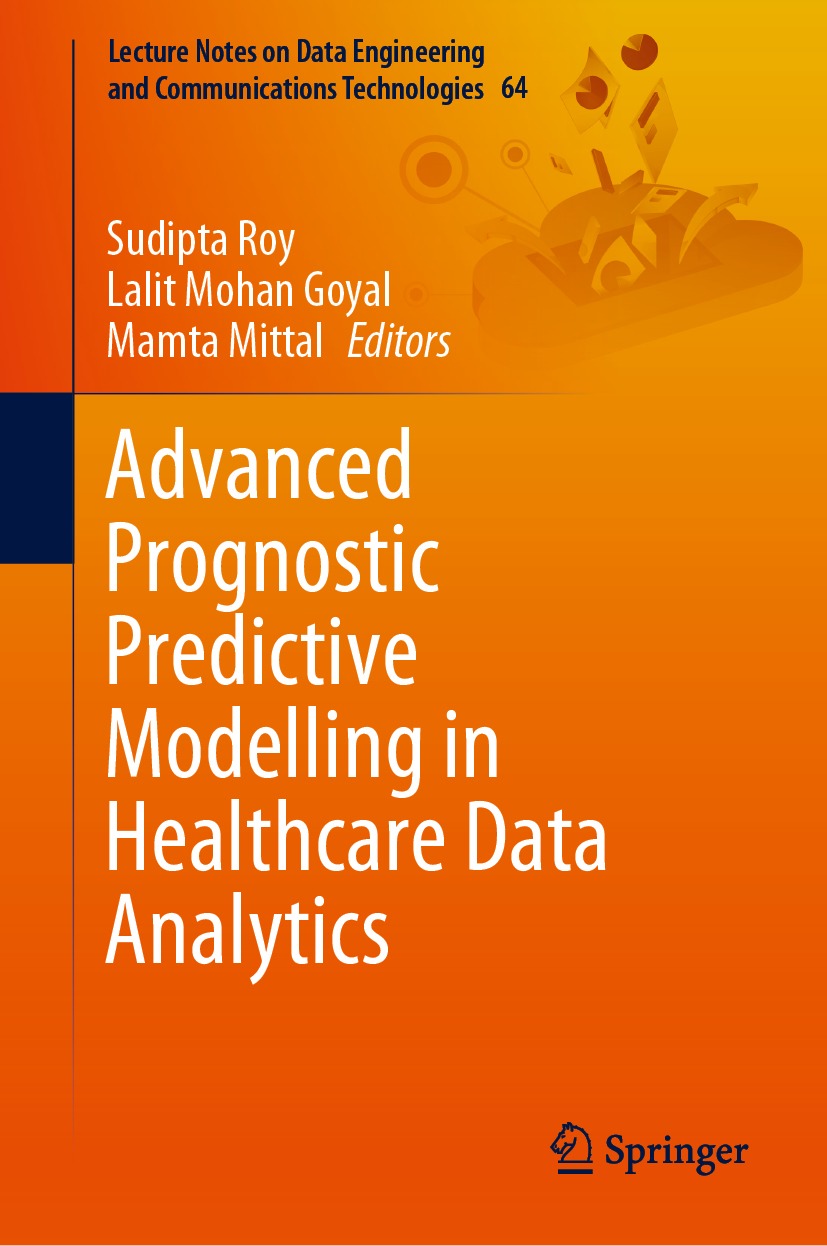Volume 64
Lecture Notes on Data Engineering and Communications Technologies
Series Editor
Fatos Xhafa
Technical University of Catalonia, Barcelona, Spain
The aim of the book series is to present cutting edge engineering approaches to data technologies and communications. It will publish latest advances on the engineering task of building and deploying distributed, scalable and reliable data infrastructures and communication systems.
The series will have a prominent applied focus on data technologies and communications with aim to promote the bridging from fundamental research on data science and networking to data engineering and communications that lead to industry products, business knowledge and standardisation.
Indexed by SCOPUS, INSPEC, EI Compendex.
All books published in the series are submitted for consideration in Web of Science.
More information about this series at http://www.springer.com/series/15362
Editors
Sudipta Roy , Lalit Mohan Goyal and Mamta Mittal
Advanced Prognostic Predictive Modelling in Healthcare Data Analytics
1st ed. 2021

Logo of the publisher
Editors
Sudipta Roy
Department of Radiology, Washington University in St. Louis, St. Louis, MO, USA
Lalit Mohan Goyal
Department of Computer Engineering, J. C. Bose University of Science and Technology, YMCA, Faridabad, India
Mamta Mittal
Department of Computer Science and Engineering, G. B. Pant Government Engineering College, New Delhi, India
ISSN 2367-4512 e-ISSN 2367-4520
Lecture Notes on Data Engineering and Communications Technologies
ISBN 978-981-16-0537-6 e-ISBN 978-981-16-0538-3
https://doi.org/10.1007/978-981-16-0538-3
The Editor(s) (if applicable) and The Author(s), under exclusive license to Springer Nature Singapore Pte Ltd. 2021
This work is subject to copyright. All rights are solely and exclusively licensed by the Publisher, whether the whole or part of the material is concerned, specifically the rights of translation, reprinting, reuse of illustrations, recitation, broadcasting, reproduction on microfilms or in any other physical way, and transmission or information storage and retrieval, electronic adaptation, computer software, or by similar or dissimilar methodology now known or hereafter developed.
The use of general descriptive names, registered names, trademarks, service marks, etc. in this publication does not imply, even in the absence of a specific statement, that such names are exempt from the relevant protective laws and regulations and therefore free for general use.
The publisher, the authors and the editors are safe to assume that the advice and information in this book are believed to be true and accurate at the date of publication. Neither the publisher nor the authors or the editors give a warranty, expressed or implied, with respect to the material contained herein or for any errors or omissions that may have been made. The publisher remains neutral with regard to jurisdictional claims in published maps and institutional affiliations.
This Springer imprint is published by the registered company Springer Nature Singapore Pte Ltd.
The registered company address is: 152 Beach Road, #21-01/04 Gateway East, Singapore 189721, Singapore
Preface
Prognostic modeling has shown impressive results across a variety of domains in healthcare engineering research. Biology and medicine are data-rich disciplines, but the data are complex and often ill-understood. Most healthcare data are categorized into structure, semi-structure and unstructured types with very high volume. The volume and complexity of these data not only present new opportunities, but also pose new challenges. Automated algorithms that extract meaningful patterns could lead to actionable knowledge and change how we develop treatments, categorize patients or study diseases, all within privacy-critical environments. The application of prognostic modeling is spreading to a variety of healthcare problems including automatic image segmentation, image classification, disease classification, fundamental biological processes and treatment to response of patients. Thus, this book focuses on the advanced prognostic predictive modeling in healthcare analytics. It has been organized into 13 chapters.
The chapter discusses the meaningful and reliable data visualization in medical studies. As of now, the fast development of data perception, visual investigation and medical informatics shows promising outcomes; however, their further integration could deliver noteworthy advantages regarding the improvement of personal health care, clinician treatments in decision making and public health strategies. Data visualization of unique data points or low infographics features of a small dataset is an ideal source of social media sharing. Besides, interactive dashboards can help health specialists to do quick data analysis on huge datasets. Ultimately, it can save the time consumption and even save lives. Therefore, the authors explain the available data-driven tools along with its importance in the healthcare industry. This chapter also provides insights into security issues and offers some ideas of how it can be efficient in real-time clinical practices.
The chapter discusses four dimensionality reduction techniques and the benefits of dimensionality reduction techniques in the healthcare problems. The clinical datasets were analyzed mathematically, and the relationships were found using data mining to perform the regression, classification or clustering-based tasks. However, with the increasing diversity of clinical datasets, the problem of data redundancy arises where learning only the necessary relationships may be hindered due to unnecessary, non-contributing attributes of the data. This calls for efficient data reduction techniques which include feature extraction and selection through techniques like Pearsons correlation, soft computing (like Bayesian inference or convolutional neural networks), etc. In this chapter, the PCA, t-SNE, SVD and LDA algorithms for dimensionality reduction and its implementation into the area of high-dimensional healthcare data to lower dimension have been discussed.
The chapter contains a survey on the basic structures of some bio-mathematical models based on fuzzy logic and explains and elaborates different complicated features and importance of the models along with their applications. We also provide a developmental approach of study to understand the causes of disease, to analyze the information and treatment of data and to improve control measures for various models through a mathematicalstructural way. Our primary subjects of discussion are FRB models and FRBD models with the help of linguistic variables and If-Then fuzzy rules. Authors also discuss some defuzzification methods, such as center of maximum method, mean of maximum method and center of area method.
The chapter analyzes cancer and brain tumor diseases by data mining and classification techniques to predict cancer and brain tumor. This chapter emphasizes on the use of data mining techniques, namely decision tree, Naive Bayes, random forest and logistic regression, for detecting cancer and brain tumor, using machine learning ability on the standard databases from Kaggle. The performance measures of detection using data mining techniques are entirely satisfactory. The authors also wanted to use machine learning techniques such as CNN and RNN for any other disease datasets in future.

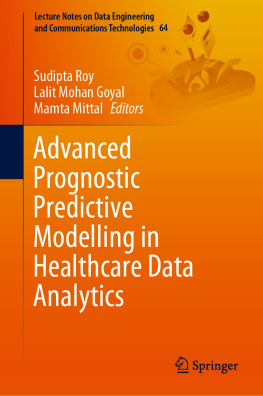
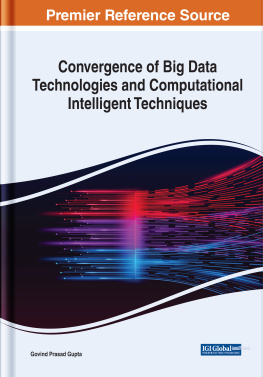

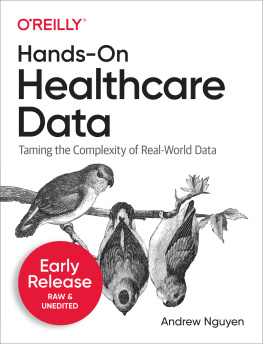
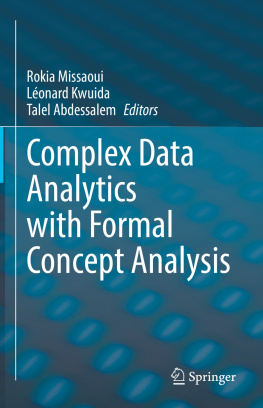
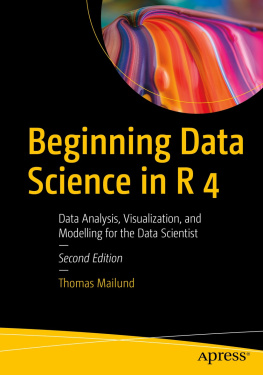
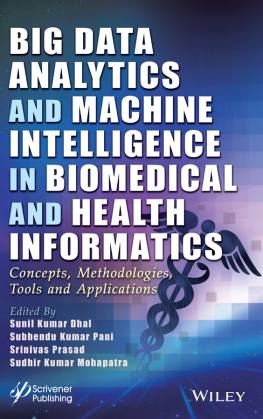
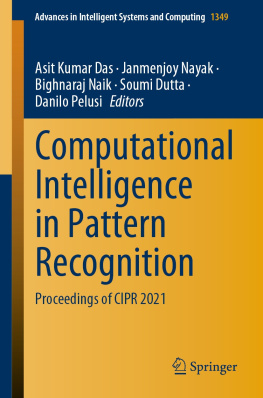
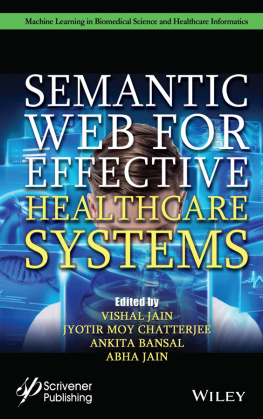
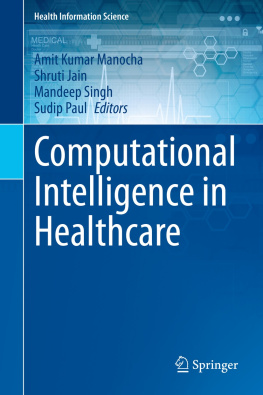
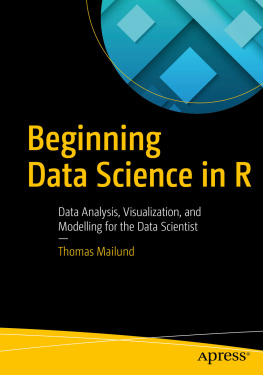
![Thomas Mailund [Thomas Mailund] - Beginning Data Science in R: Data Analysis, Visualization, and Modelling for the Data Scientist](/uploads/posts/book/119629/thumbs/thomas-mailund-thomas-mailund-beginning-data.jpg)
